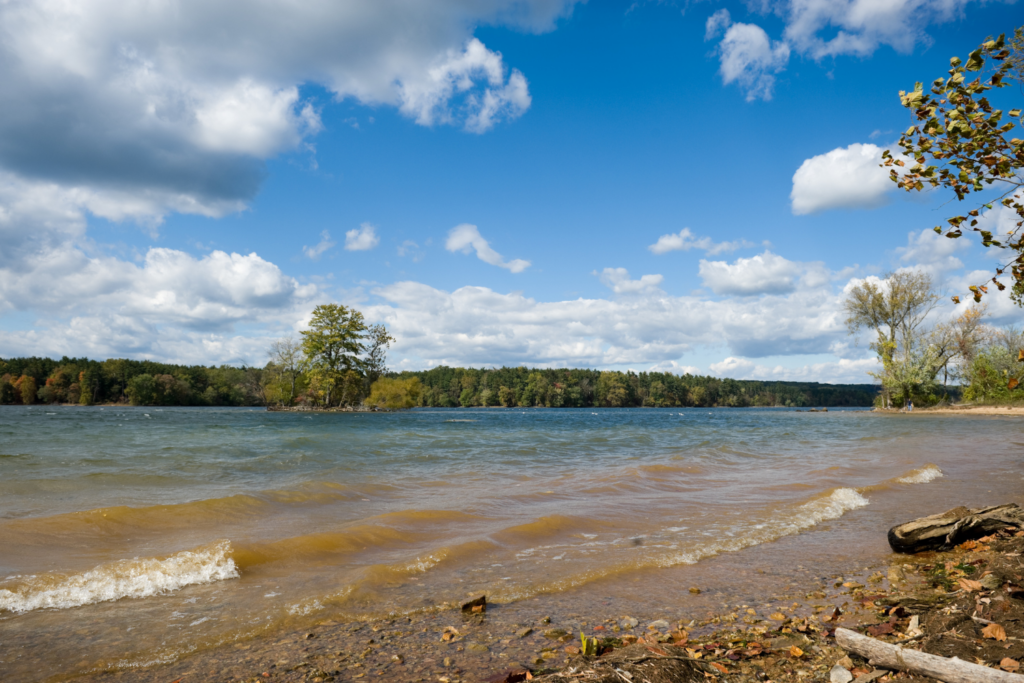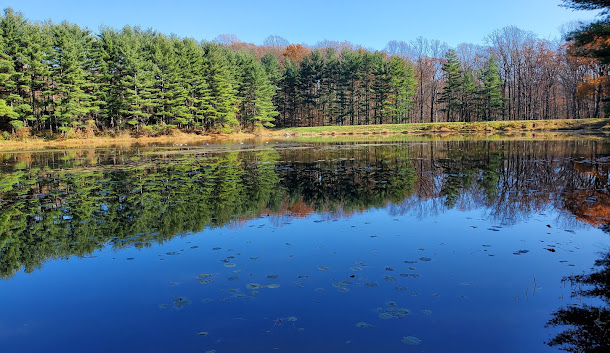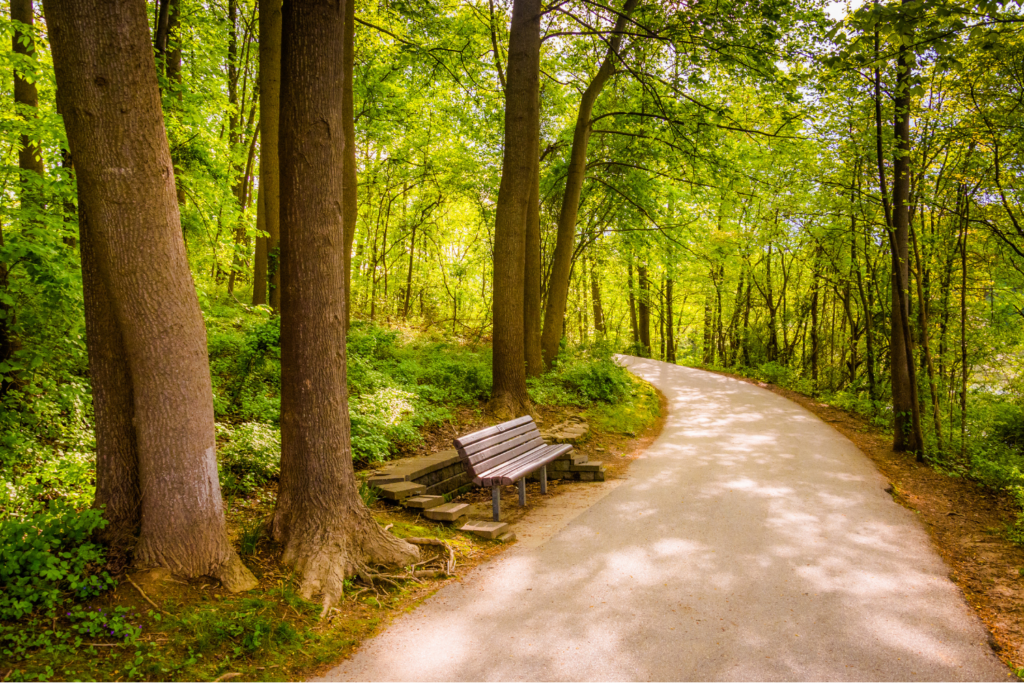Family well-being is a complex goal that requires a holistic, interdisciplinary approach. The Baltimore Regional Housing Partnership (BRHP) is proud to work in partnership with diverse financial, educational, and healthcare organizations, including the Credit Builders’ Alliance, Vehicles for Change, the Johns Hopkins University, the City of Baltimore, HealthCare Access Maryland, the CASH Campaign of Maryland, and many other valuable partners to ensure our families have the support they need and amplify our impacts.
In this blog, we wanted to highlight one of those partnerships, designed to support families with children. The Healthy Children Voucher Demonstration is an initiative BRHP launched in cooperation with the Harry and Jeanette Weinberg Foundation, the Kresge Foundation, the Housing Authority of Baltimore City, the Health Department of Baltimore City, Johns Hopkins, and other healthcare providers that works to enhance the health of families and children via housing mobility. The Demonstration couples BRHP’s renowned housing mobility counseling with rental assistance via the Housing Authority of Baltimore City to help families whose children have health needs move to areas where their needs can be better met, supporting 150 families whose children medically and developmentally benefit from moving from areas of concentrated poverty to healthier home environments.
The demonstration builds from the knowledge that housing is a social determinant of health and a belief that health providers in Baltimore can play a role in identifying health challenges that can be improved by quality housing. Maria’s story is one of many stories from the Demonstration that showcases the importance of health partnerships with housing providers and the impact of housing on well-being. Her daughter, who suffers from “eczema…asthma, and severe allergies…was referred to [the Healthy Children Voucher Demonstration] through the Asthma Mobile – it’s an asthma bus that comes to [her] school” as part of the Baltimore City Health Department’s Community Asthma Program. Staff were concerned about her child’s health, which was causing her to miss school days, and got to know Maria and her daughter. Their work together made them recognize that “a lot of the time [her daughter] was sick, it had a lot to do with the environment that [they] were living in and the conditions of [the] home.” These observations led the Health Department staff to refer Maria to BRHP’s Healthy Children Demonstration.

Community healthcare providers play a key role in the Healthy Children Voucher Demonstration by identifying patients whose needs may be best served by moving and making referrals for enrollment in the Demonstration. By working closely with our health partners, BRHP demonstrates how housing mobility can support families with unique needs and the importance of intersectional cooperation to family wellness.
One cornerstone of this project is the conviction that neighborhood and housing conditions affect children’s health outcomes and stress levels, and BRHP strives to ensure that our families with children have the support they need to thrive. Areas of concentrated poverty tend to exhibit greater rates of pest infestations, as well as contain food deserts and older housing stock that often contains lead-based paint— all factors which contribute to health inequities in children. These health challenges contribute to significant differences in quality of life, educational attainment, and health for children throughout their entire lives, affecting mental and physical development. By transitioning from under-resourced areas, families can break cycles of generational poverty and build their own brighter futures while improving their health outcomes.
As part of a holistic approach to housing, BRHP counseling helps clients prepare for leasing in the private market with a suite of in-house workshops. These workshops include information on financial management, housing search tips, and landlord outreach that can help clients in myriad ways, as well as security deposit assistance. Maria felt like she had “a lot of options and resources and help to navigate the search,” and was able to find “a good fit for [her family]. The home is beautiful…the biggest motivation was the help, it was so easy. You made things—you gave me hope, you really gave me hope.”
The biggest motivation was the help, it was so easy. You made things—you gave me hope, you really gave me hope.
-Maria S.
For housing providers and public health researchers alike, the Healthy Children Voucher Demonstration is an exciting contribution to a growing body of scholarly literature supporting the impact of housing policies on health outcomes and the importance of housing counseling. For Maria, the program has a more direct impact: Since her move, her family has “been thriving…[her daughter’s] asthma is not severe as it was, and now she’s better due to the fact that we were able to move to a better home and a better environment…it’s a big, fresh relief.”
Written by — Steven Chen, Communications and Special Projects Intern
Summer is upon us! This July, we are encouraging our stakeholders to stay active, mentally and physically. It’s well known that regular exercise has a positive impact on health. But what may be less obvious is the role of housing, particularly housing in well-resourced communities, in facilitating both exercise and mental health. In this blog post, we’ll explore some of the ways housing in Opportunity Areas contributes to health outcomes, as well as highlight some ways to get active, both mentally and physically in our region.
Opportunity Areas, Exercise, and Health
Where you live plays an important role in facilitating physical and mental health. Housing is one of the social determinants of health, which are factors outside the biological network that affect health outcomes. In fact, housing conditions and socioeconomic factors like distance from grocery stores and stress from the environment affect health and can contribute to many chronic illnesses.
As part of addressing these social determinants, BRHP facilitates expanded housing choice among our participants, helping them access Opportunity Areas: communities with strong job prospects, schools, and amenities, through our Housing Mobility Program. Living in an opportunity area presents increased access to resources that can make it significantly easier to exercise and improve quality of life. Many have parks, trails, or natural areas suitable for hiking and enjoying Maryland’s beautiful environment, or community recreation centers and programs where families and children alike can try new activities and meet new friends. A few of these amenities are highlighted below:
Anne Arundel County
Anne Arundel County is known for its proximity to the water and natural beauty. Explore miles of trails like the Baltimore and Annapolis Trail and spot birds or fish at the Patuxent Research Refuge (pictured)! On a warm day, beat the heat by checking out the North Arundel Aquatic Center or Truxton Park.
-
- Park Locator: https://www.aacounty.org/recreation-parks
Image: A pond at the Patuxent Research Refuge
Baltimore City
Enjoy nature in the city at Druid Hill Park or the Cylburn Arboretum, or experience the cool breezes of the Patapsco at Federal Hill Park and Canton Waterfront Park. Alternatively, explore the network of recreation centers Baltimore has to offer or enjoy some free art and activities at the Walters Art Museum.
-
- Baltimore Recreation Centers https://bcrp.baltimorecity.gov/recreationcenters

Image: A garden of the Cylburn Arboretum
Baltimore County
Baltimore has over 350 parks spread across the County, including natural areas like the beautiful Loch Raven Reservoir (pictured). On hot days, consider an inside activity at a Baltimore Recreation Activity Center.
- Park Locator: https://www.baltimorecountymd.gov/departments/recreation/parkfinder
- Recreation Centers: https://www.baltimorecountymd.gov/departments/recreation/programs/rac

Image: The shores of Loch Raven Reservoir
Carroll County
With 4974 acres of parkland in 30 different parks, Carroll County offers a variety of locations for a hike, playground time, or a family picnic like at Krimgold Park (pictured). On hot days, enjoy educational activities at the Bear Branch Nature Center or check out a free exhibit at the Carroll County Arts Center.
- Park Locator: https://www.carrollcountymd.gov/government/directory/recreation-parks/places-to-go/parks/

Image: The pond at Krimgold Park.
Harford County
Harford County: Harford County has a large network of recreation and nature centers, and nearly 90 parks that span the County. Check out nature activities at the Anita C. Leight Center or the boardwalk at Harford Glen Park (pictured), or plan a family picnic and fun at one of the many green spaces the County has to offer!
- Park Locator: https://www.harfordcountymd.gov/225/Parks-Recreation

Image: The boardwalk at Harford Glen Park.
Howard County
Howard County features over 50 developed parks, like beautiful Centennial Park (pictured), with miles of trails, various amenities, and play areas that are ready for you and your family to explore.

Image: A trail in Howard County’s Centennial Park
Other ways to get active could include checking out a running club, many of which offer free meetups and training. Clubs in Baltimore City or County include A Tribe Called Run, BMore Running, and many other local group runs! Alternatively, find one in Anne Arundel County, Harford County, or a community in Carroll County or Howard County.
With all the activities and resources out there, it might be hard to decide what to do! BRHP staff share some ideas on how they stay active:
“I love going out for long rides on my road bike – 25 to 50 mile rides – particularly along trails such as the Baltimore & Annapolis or Northern Central Railroad trail in Maryland, or Old Dominion in Virginia.” – Adria
“I’m a big fan of enjoying our area lakes and Chesapeake Bay beaches to beat the heat. Gunpowder Falls State Park has some wonderful opportunities to enjoy water recreations or the trails.” – Emily
“I love stretching in the park or going for walks around my neighborhood. Seeing everyone’s stoop gardens, watching the fireflies and getting outside helps me feel grounded amidst the busyness of life.” – Jackie
Beyond the physical, opportunity areas have resources to help train your brain. As the summer days grow long, consider visiting your local library to pick up a new novel or learn a new skill. All libraries have youth and child programs to encourage reading and computer-based courses for all ages. Some, like the Enoch Pratt Library in Baltimore, even offer certificates in coding, foreign languages, and other areas. Many libraries, like the East Columbia and Savage libraries in Howard County, also have additional resources like STEM learners’ kits or musical instruments. Community organizations and nature centers, like Bear Branch Nature Center in Carroll County or the Anita C. Leight Center in Harford County, have playgrounds and nature areas as well as activities like crafting, birdwatching, or nature walks that blend physical and mental exercise with family fun and relaxation.
Find Your Local Library!
- Anne Arundel County Public Libraries: https://www.aacpl.net/
- Baltimore City/Enoch Pratt Library System – https://www.prattlibrary.org/
- Baltimore County Library system: https://www.bcpl.info/
- Carroll County Public Library system: https://library.carr.org/
- Harford County Public Library System: https://www.hcplonline.org/
- Howard County Public Library System: https://hclibrary.org/

Remarkably, mental health can also have physical manifestations, as seen in a study of asthma attacks in families from opportunity and non-opportunity areas BRHP helped conduct with researchers at Johns Hopkins University that was published in the Journal of the American Medical Association. Living in an opportunity area and experiencing lower neighborhood stress led to a 54% reduced rate of asthma attacks in children who moved from non-opportunity to opportunity areas according to the study.
As parents, caretakers, and children feel more at ease in opportunity areas, they are better able to focus on reaching their full potential, physically and mentally. BRHP’s Housing Mobility Program looks to extend these benefits to families with low incomes who have historically been excluded from housing in opportunity areas and give them a fair chance to transition to these vibrant communities, where they can truly thrive.
Written by — Steven Chen, Communication and Special Projects Intern
